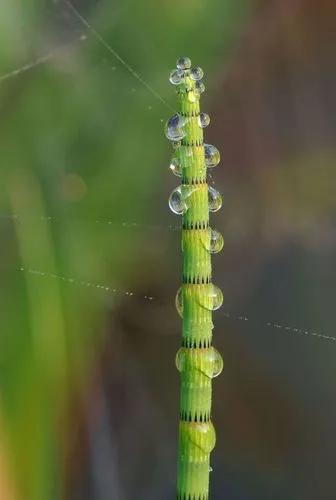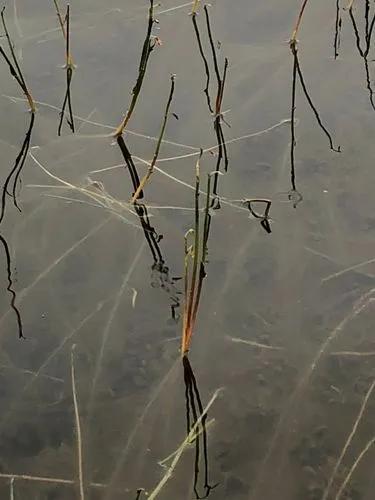Glyceria is a widespread genus of grass family common across Eurasia, Australia, North Africa, and the Americas.
Glyceria is known commonly as mannagrass in the United States, or, in the UK, sweet-grass. These are perennial rhizomatous grasses found in wet areas in temperate regions worldwide. The base of the grass grows along the ground and may root at several places. Then it grows erect and bears leaf blades which may be flat or folded. The panicle inflorescences nod when heavy. Some mannagrasses are considered weeds while others are endangered in their native habitats.
Mannagrass Care
Glyceria declinata



Glyceria maxima commonly known as great manna grass, reed mannagrass, reed sweet-grass, and greater sweet-grass[2] is a species of rhizomatous perennial grasses in the mannagrass genus native to Europe and Western Siberia and growing in wet areas such as riverbanks and ponds. It is highly competitive and invasive and is often considered to be a noxious weed outside its native range
This plant might be poisonous
How to get rid of:
Destroy and remove the remaining weeds from the field, particularly if the population is
growing in patches, and limit build-up and spread of seed in the soil.
• Limit the field-to-field movement of herbicide resistant weed populations by cleaning all
equipment to avoid transfer of the herbicide resistant weed seed.
• Avoid using the herbicide to which resistance has been confirmed, unless used in conjunction
with additional herbicides that have different mechanisms of action and demonstrated efficacy
on the herbicide resistant weed population.
• Select fields with confirmed herbicide resistant weeds for rotation to another crop or set these
fields aside for the following cropping season.
• Seek advice from the local cooperative extension office for assistance in long term planning of
weed control in these fields
Discover more plants with the list below
Popular articles






